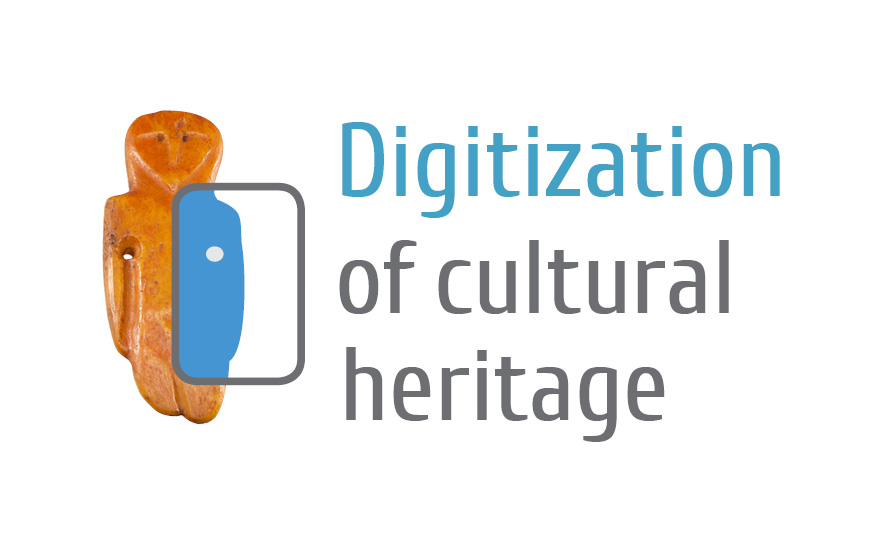-
-
Mill and Miller's Homestead from Žaliūkiai
Žaliūkiai Windmill, constructed at the end of the 19th century, is the only surviving and protected object of wooden architectural technology heritage in Šiauliai. It is also the first grain processing history museum in Lithuania and an important focus point of the southern landscape of Šiauliai city. Žaliūkiai windmill was built by a German Gustav Daniel circa 1875–1880 at Žaliūkiai village of that time, after which the windmill was named. Later, in 1930, the windmill went to his son Evald Daniel, who was the last owner of the windmill until the year of 1940. The miller's farm – a two-end dwelling-house – is situated near the windmill. In 1925 a stone building was built for a motor mill nearby. After it burned down, the building was used as stables and a barn. A house for a hired miller stood a bit further. The windmill used to be visited by farmers from surrounding villages. During the First World War it supplied flour for the bakery of the tsarist army garrison in Šiauliai.
In 1940, during the first Soviet occupation, the windmill was nationalized and transferred to an industrial combine (enterprise), and in 1949 forwarded to Pranė Jankutė Collective Farm. Later the windmill operated for some time, however the amount of work decreased, thus in 1957 it was stopped altogether. Then Žaliūkiai windmill stood abandoned for about a decade. In 1967 it was transferred to Šiauliai "Aušros" Museum, which renovated the windmill and opened a milling exposition in 1970. The exposition displayed exhibits from the Iron Age to the contemporary times. Since 2000 Žaliūkiai windmill hosts the Days of the Old Crafts, which attract a large number of participants. In 2009 the windmill was reconstructed again, in 2011 the house of the miller was rebuilt.
Windmill construction and technological equipment is a valuable heritage of the engineering thought of the local masters, as well as an example of technological exchange between nations. Lithuania is a land of wood culture traditions, therefore, today the preservation of the construction materials, constructions and technologies of these buildings is very important.
-
Virtual Exhibitions






